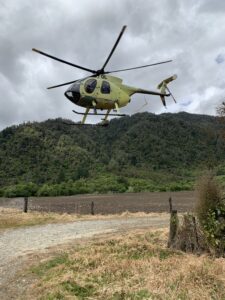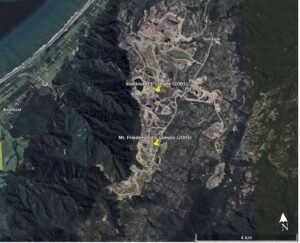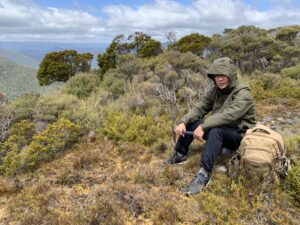As a New Zealand Citizen, I am always amazed at the grandeur of its landscape. Although I have lived outside New Zealand for the last 10 yrs, I can never forget just what a wonderful place it is.
Thus, when there was an opportunity to head back both for work and pleasure, how could I have not gone?
In 2005 we published a book on naturally occurring metals in the geological stratum of New Zealand; their occurrence, their mitigation strategies if needed and any affects to ecology and human health*. In that work, we also looked at trace elements in the coal, which occurs in abundance in New Zealand.
Some of the sites had truly anomalous concentrations of trace elements, which we highlighted in the publication. As what happens sometimes, people and priorities change and we did not pursue those interesting elements.
Fast-forward to the post-pandemic world with the move to renewable energy accelerating by what seems like a magnitude. In this new light those trace elements were suddenly keenly interesting.
The area we focused on was the West Coast of the South Island. Two of our sampling sites for the 2005 publication were around the Stockton Mine (an Eocene age coking coal).
The samples revealed very high germanium and other elements such as lithium, antimony and gallium.
In fact, almost every single trace element was enriched – germanium to levels almost 100 times that what occurs in the average coal. Those were even high for crustal abundance and comparable to what is being mined in China. Most of the world’s germanium comes from China and is sourced from coal (see a previous blog for references).
We didn’t analyze for rare earth elements in 2005, and that is why we went back last November. We sampled four sites with coal on the West Coast. Some were easy to access, such in an existing mine, but others we had to leg it a bit and even employ a helicopter to ferry us to and fro an inaccessible ridge.
If these critical minerals can be proved further, this may allow New Zealand to participate in the world’s green economy, in a useful and meaningful way**.
Yes, there would be disturbance of land, but for anyone who has driven around New Zealand, they will know that mining affects only a tiny fraction of the land compared to the colossal land disturbance of from stock (sheep and cattle) and forestry.
So: watch this space. The results from these samples will be ready later in 2024 and that will dictate where and what we do next.
*Moore, T.A., Black, A., Centeno, J.A., Harding, J.S., Trumm, D.A., 2005. Metal contaminants in New Zealand: Sources, treatments, and effects on ecology and human health. resolutionz press, Christchurch, New Zealand, p. 490 pp.
[NB: this book is out of print, but I have a few hard copies left and/or soft copies. If you want to see the contents, follow this link: Prelims]
** Moore, T.A., Pope, J., Dai, S., 2022. Entering the green economy: An opportunity with critical elements for New Zealand. The Society for Organic Petrology Annual Meeting, Virtual 12-16 September, p. 47.







Comments are closed.